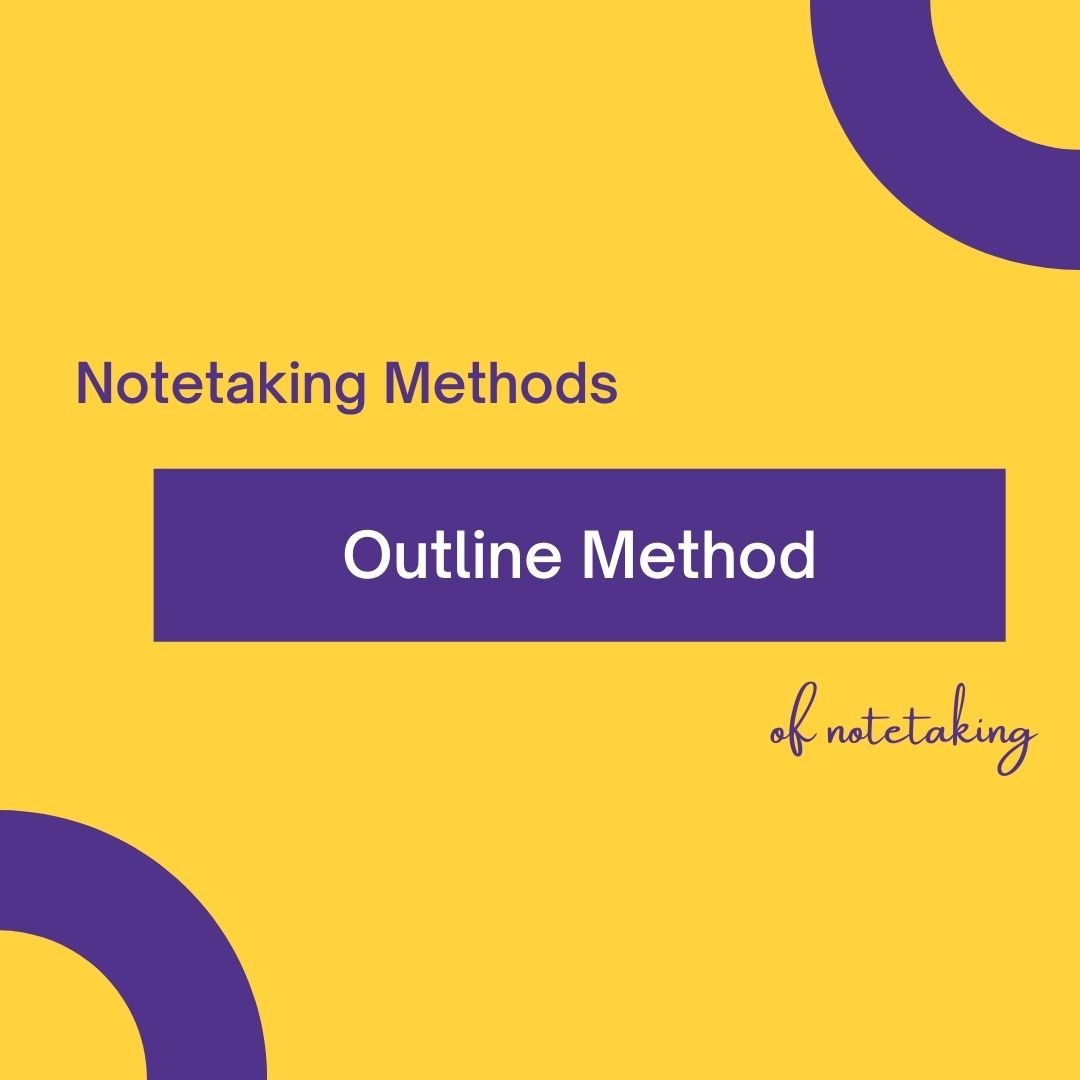For students who want to get the most from their research activities.
Search the Blog
12 Notetaking Methods Essential for Students
When it comes to taking notes in lectures, seminar discussions, and for your own research at university finding the right notetaking strategy for your situation is essential. We’ve covered 12 of the most popular methods here.
The Zettelkasten Method of Notetaking
The Zettelkasten Method emphasizes precision in notetaking, interconnected ideas, a flexible structure, creating a framework using tags or metadata and using index cards (Zettels).
The Write-on-Slides Method of Notetaking
The write-on-slides method is a simple notetaking approach which users can adapt to their preferences and striking a balance between digital and physical notetaking.
The SQ3R Method of Notetaking
The SQ3R method transforms passive reading into an interactive and organized learning process, enhancing comprehension and retention.
The Flow Method of Notetaking
The Flow Method is a dynamic and continuous approach to notetaking that emphasises capturing information in a seamless and uninterrupted format.
The Sentence Method of Notetaking
Using the Sentence Method involves creating a narrative-style overview of the lecture information and which is organised using a numbered sequence.
The Boxing Method of Notetaking
The Boxing Method of notetaking uses boxes to group topic clusters together in a hierarchical structure for a clear overview of the information.
The Outline Method of Notetaking
The Outline Method groups main topics and subtopics together in a clear hierarchy making it easy to identify relationships and connections between topics and ideas.
The Split Page Method of Notetaking
The Split Page method is a notetaking style that can help you create simple but effective organised notes that are easy to read and revise.
The Q/E/C Method of Notetaking
The Q/E/C method defined categories of questions, evidence and conclusions create a systematic approach to capturing, analyzing, and synthesizing information.
The Charting Method of Notetaking
The Charting Method creates maps of the information which allows you to build connections, relationships, and ideas with precision transforming your notes into dynamic visual maps.
The Cornell Method of Notetaking
The Cornell Method is a systematic approach to notetaking. This method has been designed to help you create structured notes that help you organise, retain and revise information.
The Mind Map Method of Notetaking
The Mind Map method of notetaking that uses graphical representations and keywords and phrases to connect ideas, making recall and review simple. Mind maps are great for all types of learning styles but are especially beneficial to visual learners.













